Macbook Battery Not Charging: 7 Quick Fixes
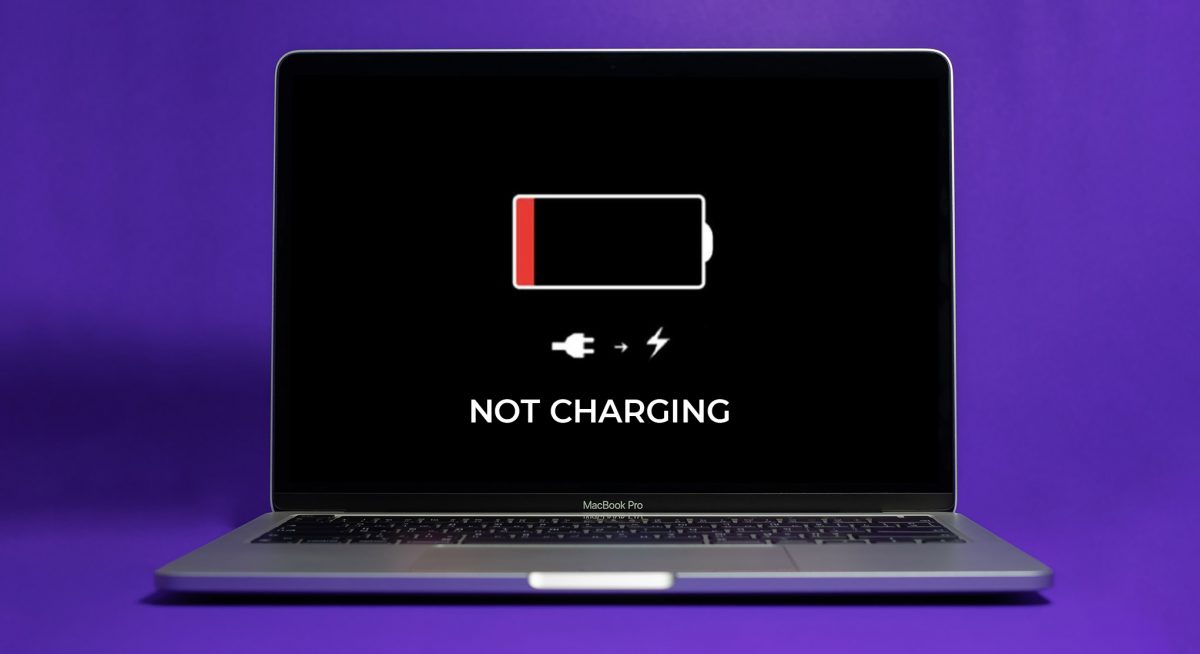
Few situations are as frustrating as starting up your MacBook and only to discover that the battery isn’t charging. Whether you’re experiencing issues with your MacBook Pro not charging or encountering a general Mac not charging problem it’s a significant inconvenience that needs immediate attention. A drained battery can render your laptop useless, underscoring the importance of identifying why your Mac battery is not charging.
Several factors could be causing your MacBook not to charge, from a faulty charger to software conflicts. Before you start panicking or contemplating an expensive repair, try these seven quick fixes to get your MacBook back up and running.
Let’s dive in!
MacBook Pro Not Charging? Try These Fixes!
Try these expert-recommended methods in the sequence shared below to fix the problem.
Fix 1: Check the Charging Cable and Adapter
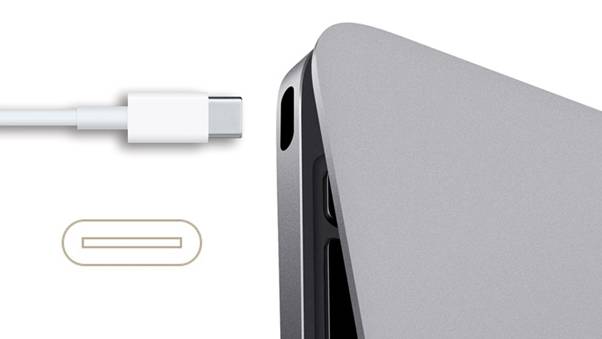
The first step in troubleshooting a MacBook battery not charging is to inspect the charging cable and adapter. Over time, these components may become damaged, frayed, or loose, leading to improper charging.
Begin by unplugging the cable from both ends and conducting a thorough visual inspection. Check for any signs of wear and tear, such as exposed wires, kinks, or bent pins. If you notice any damage, it’s likely the culprit behind your charging issues.
Subsequently, asses the adapter itself. Ensure that there are no cracks, dents, or other physical damages that could be interfering with its functionality. If the adapter looks worn or has experienced a fall it may need to be replaced.
If the cable and adapter appear to be in good condition, try using a different outlet or power strip. Sometimes, the issue lies with the power source, not the charging components themselves.
Also read: How to Save MacBook Battery Life
Fix 2: Clean the Charging Port
Dust, debris, and pocket lint can accumulate in the charging port of your MacBook, preventing the charger from establishing a proper connection. This seemingly minor issue can be the reason why your MacBook Pro not charging or why your MacBook won’t charge.
To clean the charging port, follow these steps:
Step 1: Shut down your MacBook and unplug the charger.
Step 2: Use a soft, dry brush or a can of compressed air to gently dislodge any debris from the charging port.
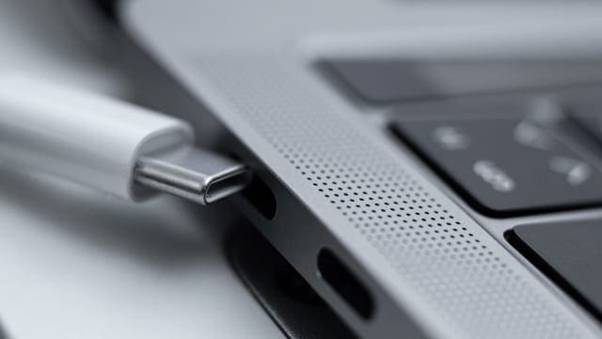
Step 3: Inspect the port for any visible obstructions and remove them carefully with a non-metallic tool, such as a toothpick or a plastic dental pick.
Step 4: Reconnect the charger and check if the battery starts charging.
Be cautious not to insert any sharp or metallic objects into the charging port, as this could damage the delicate components inside.
Also read: How To Charge Your Macbook Without A Charger
Fix 3: Reset the System Management Controller (SMC)
The System Management Controller (SMC) is a chip on your MacBook that manages various hardware components, including the battery charging process. If there’s a conflict or glitch with the SMC, it could prevent your MacBook battery from charging properly.
Resetting the SMC is a simple process that can often resolve charging issues. The steps vary slightly depending on whether your MacBook has a removable or non-removable battery.
For MacBooks with removable batteries:
Step 1: Shut down your MacBook. Remove the battery.
Step 2: Press and hold the power button for 5 seconds.
Step 3: Reinstall the battery and reconnect the charger.
Step 4: Turn on your MacBook and check if the battery is charging.
For MacBooks with non-removable batteries:
Step 1: Shut down your MacBook. Connect the charger to your MacBook and a power outlet.
Step 2: Press and hold the left Shift + Control + Option keys, then press and hold the power button for 10 seconds. Release all keys and turn on your MacBook.
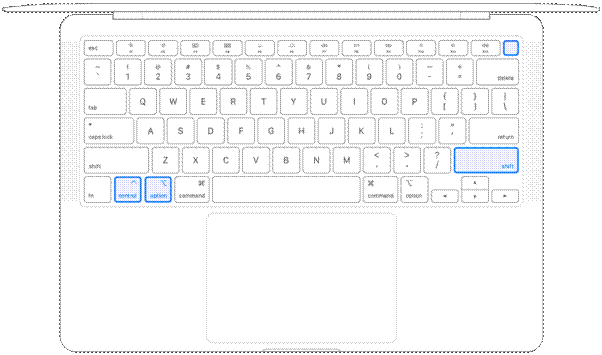
Step 3: Check if the battery is charging.
Resetting the SMC can resolve various hardware-related issues, including problems with the battery, fans, and other components.
Also read: MacBook Trackpad Not Working? Here’s How to Fix It
Fix 4: Update macOS
Is the MacBook Pro not charging? Well, sometimes, outdated or buggy software can interfere with the proper functioning of your MacBook’s hardware, including the battery charging process. Keeping your macOS up-to-date can help resolve potential conflicts and ensure smooth operation.
To update macOS, follow these steps:
Step 1: Click on the Apple menu in the top-left corner of your screen. Select “System Preferences.” Head to General> Software Update.
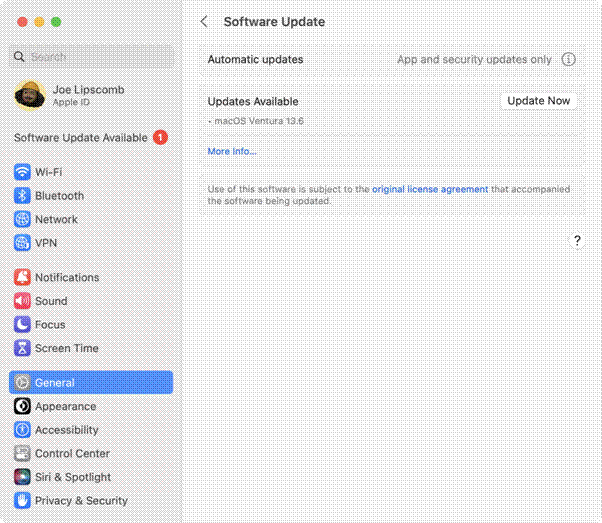
Step 2: If an update is available, click “Update Now” and follow the on-screen instructions.
After the update is complete, restart your MacBook and check if the battery charging issue has been resolved.
Fix 5: Reset the SMC and NVRAM/PRAM
If resetting the SMC alone didn’t solve the problem, you can try resetting both the SMC and the NVRAM/PRAM (Non-Volatile Random-Access Memory/Parameter RAM). This step can help clear any lingering hardware and software conflicts that may be preventing your Mac battery from charging.
To reset the SMC and NVRAM/PRAM, follow these steps:
Step 1: Shut down your MacBook. Connect the charger to your MacBook and a power outlet.
Step 2: Press and hold the left Shift + Control + Option keys, then press and hold the power button for 10 seconds. Release all keys and turn on your MacBook.
Step 3: Immediately after your MacBook turns on, press and hold the Command + Option + P + R keys for about 20 seconds. Release the keys after your MacBook restarts and you hear the startup chime.

Step 4: Check if the battery is charging.
Resetting the NVRAM/PRAM can resolve issues related to display resolution, sound, and other hardware-related settings, which may indirectly affect battery charging.
Fix 6: Calibrate the Battery
Over time, the battery in your MacBook can become uncalibrated, leading to inaccurate battery level readings and charging issues. Calibrating the battery can help restore proper charging behavior and provide more accurate battery level estimates.
To calibrate your MacBook’s battery, follow these steps:
Step 1: Plug in your MacBook and let it charge until it reaches 100%.
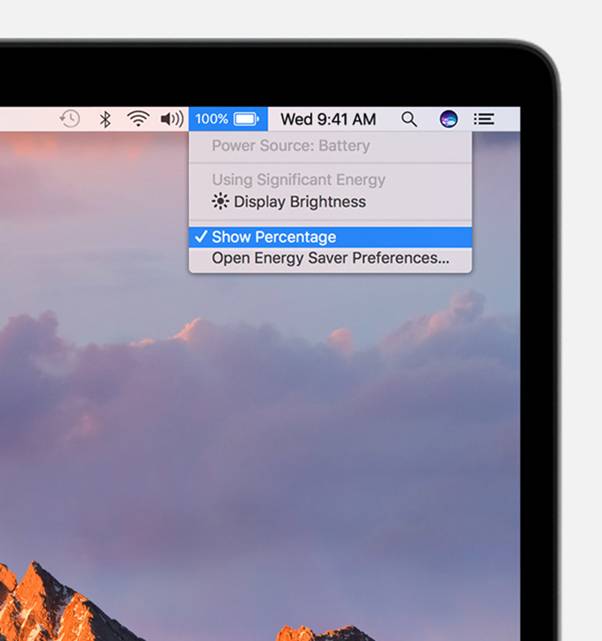
Step 2: Keep the charger connected and continue using your MacBook until the battery drains and your MacBook goes to sleep.
Step 3: Once your MacBook has gone to sleep, let it remain connected to the charger for at least 5 hours.
Step 4: After the 5 hours, unplug the charger and use your MacBook until the battery drains completely and the laptop shuts down.
Step 5: Reconnect the charger and let your MacBook charge to 100% without using it.
This process helps reset the battery’s internal calibration and can improve charging accuracy and performance.
Fix 7: Replace the Battery or Charger
If you’ve tried all the above steps and your MacBook battery is still not charging, the issue may be hardware-related. In certain cases, a faulty battery or charger may need to be replaced.
Start by trying a different charger or borrowing one from a friend or an Apple Store if possible. If the battery charges with a different charger, the problem lies with your original charger, and you’ll need to replace it.
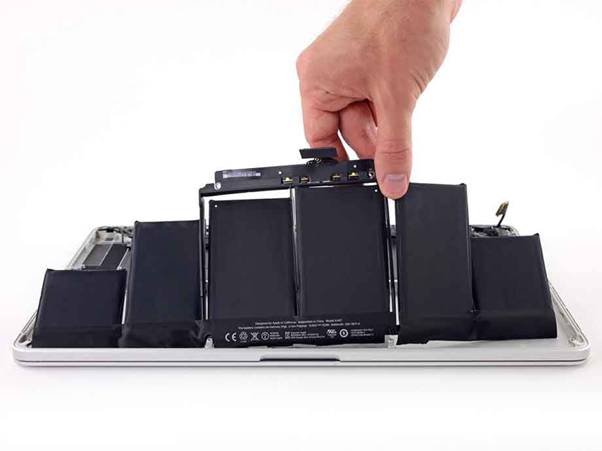
If a new charger doesn’t resolve the issue, the battery itself may be the culprit. Over time, lithium-ion batteries degrade and lose their ability to hold a charge effectively. If your MacBook’s battery is several years old or has experienced significant wear and tear, it may be time to replace it.
You can have Apple or an authorized service provider replace the battery for you, or you can attempt to replace it yourself if you’re comfortable with the process. Keep in mind that replacing the battery yourself may void your warranty, so proceed with caution.
Also read: How to Prevent Mac From Sleeping
Conclusion
A MacBook battery not charging can be a significant inconvenience, but it’s often a problem with a simple solution. By following the steps outlined in this article, you can troubleshoot and potentially resolve the issue without the need for expensive repairs.
Remember, prevention is key when it comes to maintaining your MacBook’s battery health. Avoid leaving your laptop plugged in for extended periods, calibrate the battery regularly, and consider replacing it after a few years of use. With proper care and maintenance, your MacBook’s battery should provide reliable performance for years to come.
Was this post helpful? Feel free to share your thoughts in the comments box!

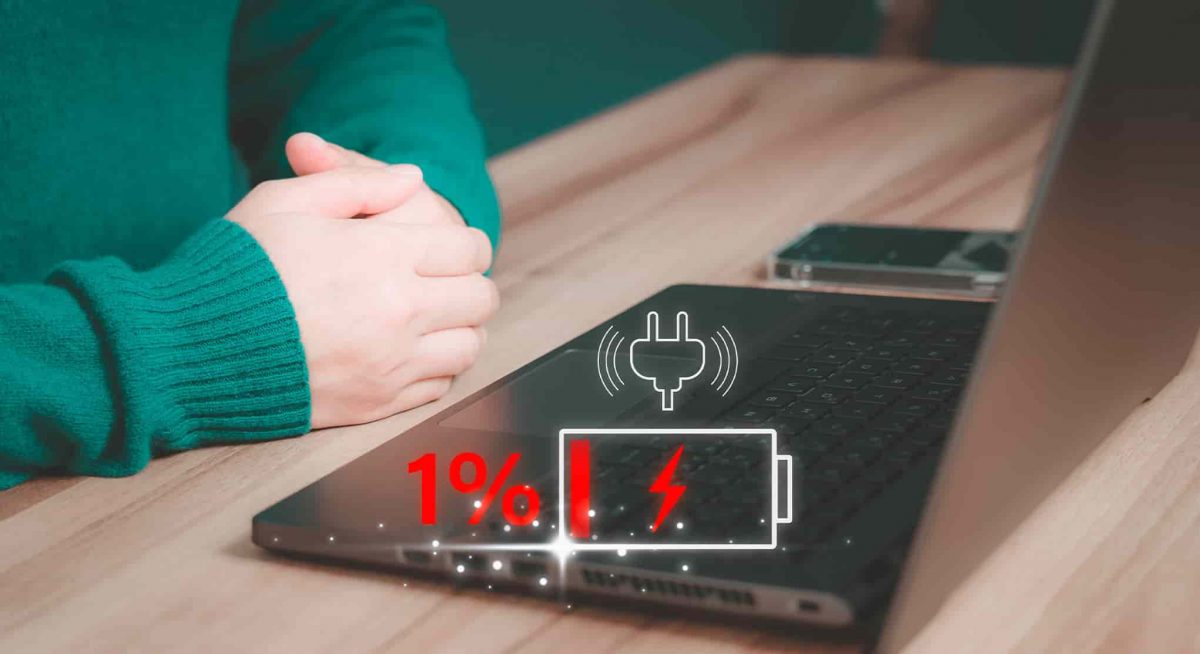 How To Charge Your Macbook Without A Charger
How To Charge Your Macbook Without A Charger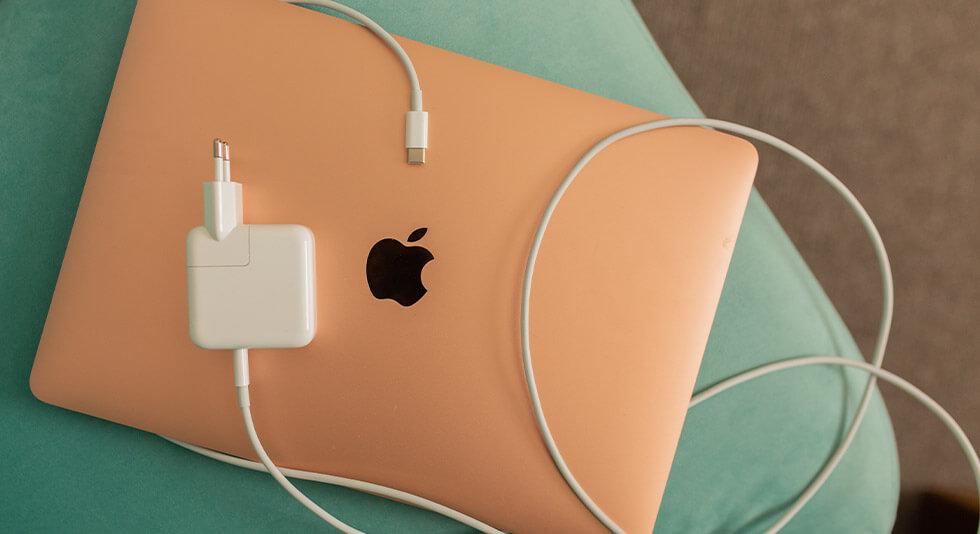 How To Fix MacBook Charger Not Working Issue
How To Fix MacBook Charger Not Working Issue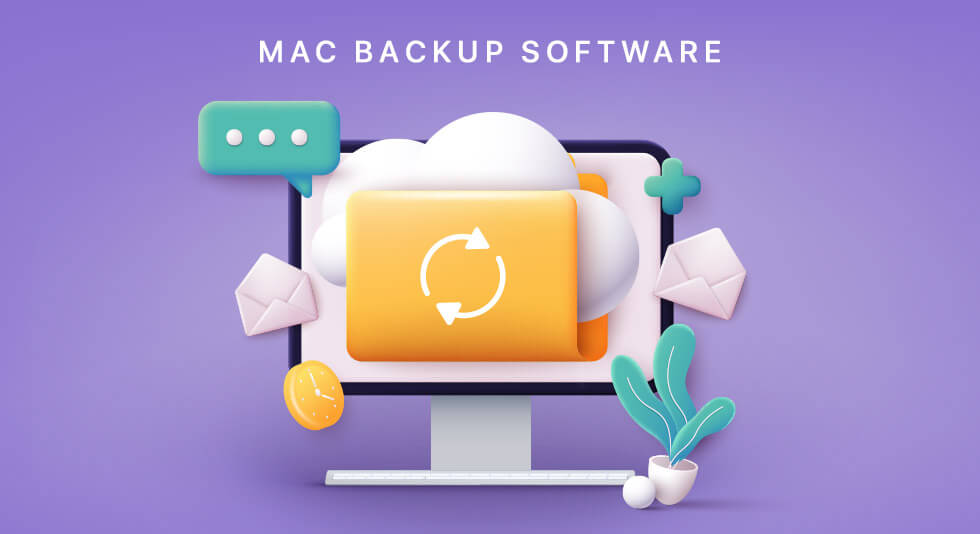 Best Mac Backup Software For Your Mac in 2024
Best Mac Backup Software For Your Mac in 2024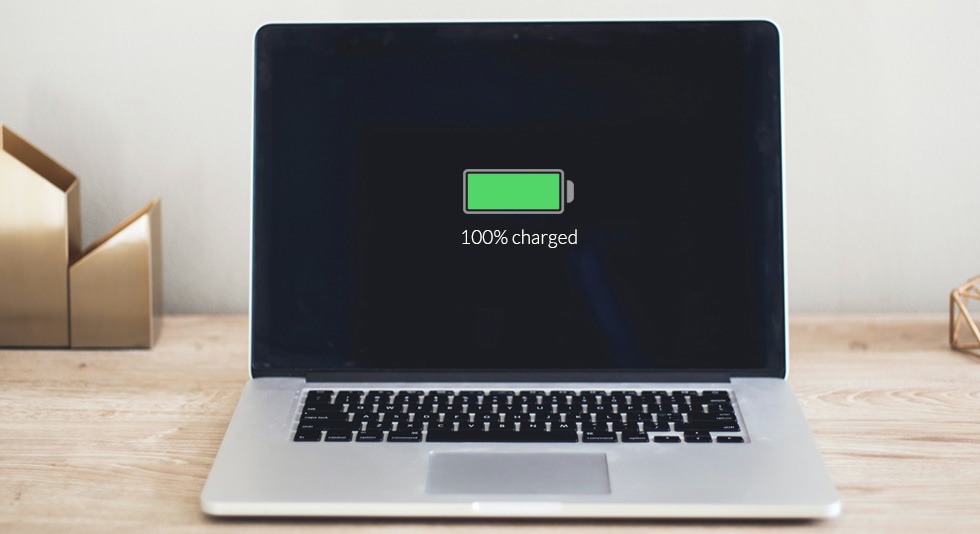 How to Save MacBook Battery Life
How to Save MacBook Battery Life Top 10 CCleaner Alternatives To Clean Your Mac [Free & Paid]
Top 10 CCleaner Alternatives To Clean Your Mac [Free & Paid]